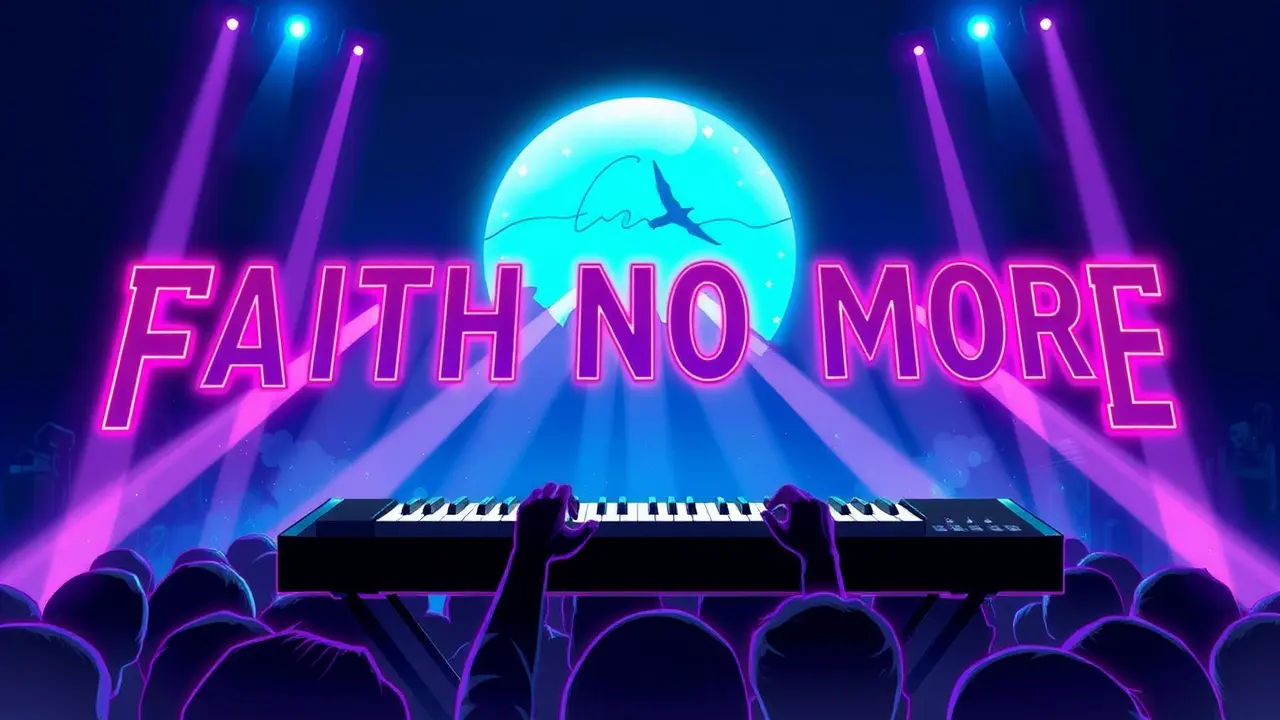Roddy Bottum's Memoir Excerpt on Faith No More's Early Days
The scent of clove cigarettes and cheap beer, the cacophony of a thousand different bands echoing down the corridors of 1980s San Francisco—this is the fertile ground from which Faith No More, one of music's most unclassifiable and groundbreaking acts, first sprouted. In an exclusive excerpt from his forthcoming memoir, *The Royal We*, keyboardist Roddy Bottum pulls back the velvet curtain on those formative years, offering a raw, lyrical chronicle of the chaos and creativity that forged the band's unique funk-metal alchemy.Picture it: a city teetering on the edge of cultural revolution, where the polished sheen of mainstream rock was being aggressively scrubbed away by the grit of post-punk and the nascent rumblings of what would become alternative music. It was in this petri dish that Bottum, alongside his bandmates, began stitching together a sound that was as intellectually daring as it was viscerally powerful, a bizarre and beautiful mosaic of slap-bass funk, operatic metal grandeur, and avant-garde theatricality that defied every genre bin the record stores had to offer.Their early gigs were less concerts and more volatile experiments, performances where the audience wasn't sure whether to mosh or waltz, where a searing guitar riff from Jim Martin could seamlessly dissolve into one of Bottum's haunting, almost baroque keyboard lines. This wasn't just a band finding its voice; it was a collective rewriting the very rules of what a rock band could be, a sentiment that echoes through Bottum's writing as he details the late-night rehearsals in cramped, sweat-soaked rehearsal spaces, the philosophical debates over artistic direction that felt as weighty as any political manifesto, and the sheer, unadulterated joy of discovering a singular sonic identity in the most unlikely of places.The memoir promises to be more than a simple recollection of tours and recordings; it's a deep dive into the psychology of collaboration, a study of how individual eccentricities—Bottum's art-school sensibilities, Mike Patton's vocal chameleonism, Billy Gould's rhythmic anchor—can coalesce into something truly transcendent. For any student of music history, for anyone who ever felt like an outsider in a record store, Bottum's account is the ultimate B-side, the lost track that explains everything, a testament to the beautiful, messy, and utterly indispensable chaos of artistic birth.
JA
Jamie Larson123k2 days ago
ugh this just makes me miss the real thing even more, we'll never get that back
0
JA
Jamie Larson123k2 days ago
bold of them to assume i could afford a record store back then 😅
0
